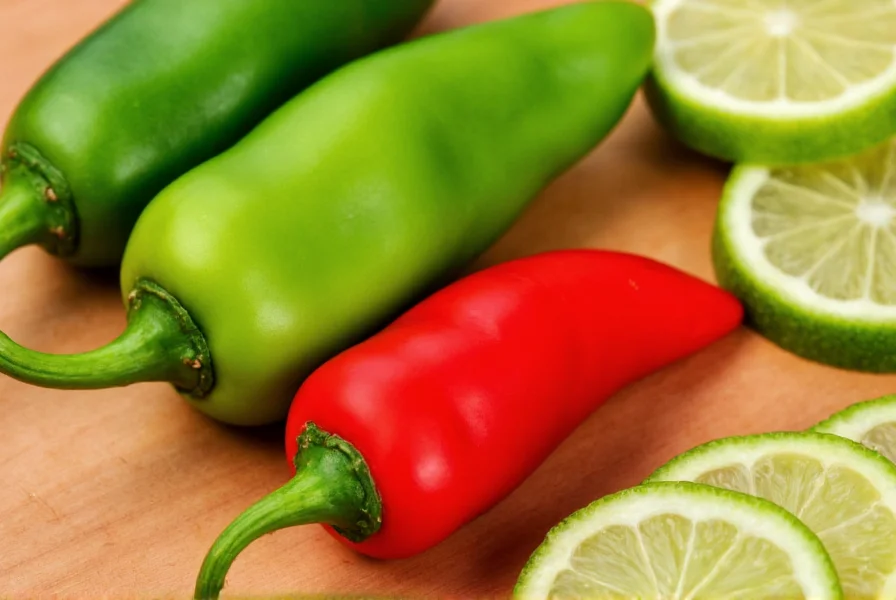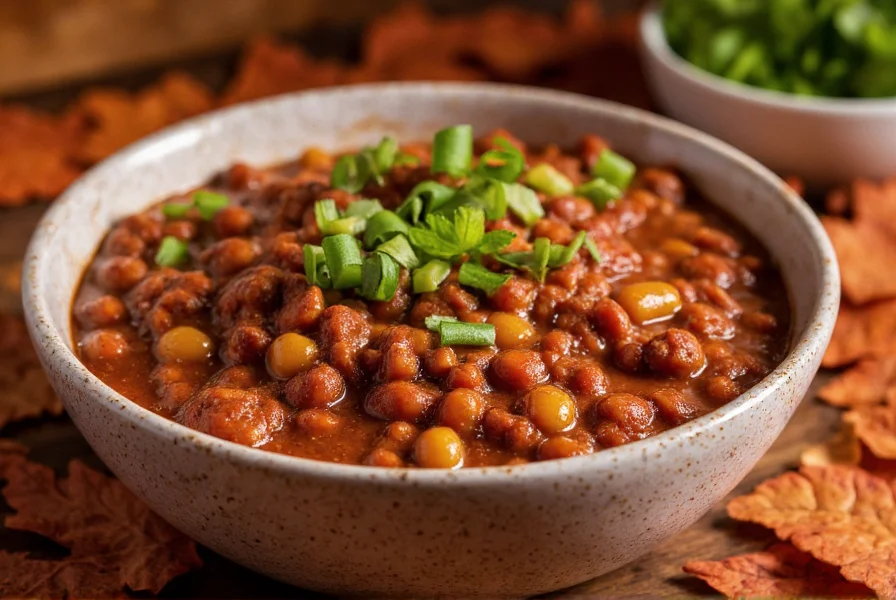The limo chili, scientifically classified as Capsicum baccatum var. pendulum, represents one of Peru's most distinctive culinary treasures. Unlike common serrano or jalapeño peppers from the Capsicum annuum species, this vibrant pepper delivers a unique flavor experience that has captivated chefs and home cooks throughout South America for centuries.
Understanding Limo Chili Characteristics
Measuring 30,000-50,000 Scoville Heat Units (SHU), the limo chili occupies a moderate-to-hot position on the heat scale—significantly hotter than jalapeños (2,500-8,000 SHU) but milder than habaneros (100,000-350,000 SHU). What truly distinguishes this pepper is its complex flavor profile featuring pronounced citrus notes, particularly lime and lemon, complemented by subtle tropical fruit undertones.

Physical Identification Guide
Limo chilies typically measure 2-3 inches in length with a tapered shape resembling a small bird's beak. They mature from vibrant green to bright red, though orange and yellow varieties also exist. The thin skin and relatively small size differentiate them from thicker-walled peppers like poblanos. When selecting fresh limo chilies, look for firm, glossy specimens without wrinkles or soft spots—indicating peak freshness for optimal culinary applications.
| Pepper Variety | Scoville Range | Flavor Profile | Origin |
|---|---|---|---|
| Limo Chili | 30,000-50,000 SHU | Citrusy, tropical fruit notes | Peru |
| Serrano | 10,000-23,000 SHU | Grassy, bright heat | Mexico |
| Habanero | 100,000-350,000 SHU | Fruity, floral, intense heat | Caribbean |
| Jalapeño | 2,500-8,000 SHU | Grassy, earthy | Mexico |
Limo Chili vs Serrano: Key Differences
While often confused due to similar size and heat profiles, limo chilies and serranos belong to different species with distinct characteristics. The limo chili vs serrano comparison reveals crucial differences: limo chilies (Capsicum baccatum) deliver brighter citrus notes compared to serranos' (Capsicum annuum) grassier profile. Limo chilies also tend to have slightly higher heat concentration concentrated in the placenta rather than throughout the flesh.
Culinary Applications of Peruvian Limo Chili
Peruvian chefs prize limo chilies for their ability to enhance dishes without overwhelming other ingredients. The ají limo heat level makes it perfect for:
- Ceviche preparation (the traditional leche de ají marinade)
- Sauces and hot sauces requiring citrus notes
- Marinades for poultry and seafood
- Salsas where bright acidity complements heat
- Infused oils and vinegars
When working with fresh limo chilies, wear gloves to protect your skin from capsaicin oils. Remove seeds and membranes for milder heat, or include them for maximum intensity. The peppers freeze exceptionally well—simply place whole or sliced chilies in airtight containers for year-round availability.
Finding and Substituting Limo Chili
Finding fresh limo chilies outside Peru can prove challenging, though specialty Latin American markets increasingly stock them. For those wondering where to buy limo chili peppers, check Peruvian or broader Latin American grocery stores, particularly in areas with significant South American communities. Online retailers sometimes offer dried limo chilies or frozen varieties.
When fresh limo chilies aren't available, suitable substitutes include:
- Serrano peppers with added lime zest (closest heat match)
- Habanero with reduced quantity plus citrus juice (for flavor approximation)
- Thai bird chilies with citrus elements (for heat intensity)
- Commercial ají limo paste (check ingredient lists for authenticity)
Storage Techniques for Maximum Freshness
Proper storage extends the shelf life of fresh limo chilies significantly. Keep unwashed peppers in a perforated plastic bag in the vegetable crisper drawer for 2-3 weeks. For longer preservation, freeze whole peppers on a baking sheet before transferring to freezer bags—they'll maintain quality for 6-8 months. Drying limo chilies creates versatile ají limo seco that can be reconstituted or ground into powder for year-round use in Peruvian dishes.
Common Questions About Limo Chili
What is the heat level of limo chili compared to other peppers?
Limo chili measures 30,000-50,000 Scoville Heat Units (SHU), placing it between serranos (10,000-23,000 SHU) and habaneros (100,000-350,000 SHU). Its heat builds gradually with distinctive citrus notes that balance the spiciness, making it feel less intense than peppers of similar Scoville ratings.
Can I substitute limo chili in traditional Peruvian ceviche?
Yes, but with adjustments. Serrano peppers make the closest substitute for limo chili in ceviche—use 1.5 times the amount of serrano to approximate limo's heat. Add 1 teaspoon of lime zest per pepper to replicate the distinctive citrus notes that define authentic Peruvian ceviche.
How do I handle limo chili safely without burning my skin?
Always wear disposable gloves when handling limo chilies. The capsaicin oils can cause severe skin irritation, especially around eyes and sensitive areas. After preparation, clean all surfaces with soapy water and avoid touching your face. If you experience burning, apply milk or yogurt to affected areas rather than water, which spreads the oils.
What makes limo chili different from other citrus-flavored peppers?
Limo chili's unique citrus profile comes from its Capsicum baccatum genetics, which produce different volatile compounds than other species. Unlike lemon drop peppers (also Capsicum baccatum) which emphasize lemon notes, limo chilies deliver balanced lime-citrus flavors with tropical undertones. This distinctive flavor profile developed through centuries of cultivation in Peru's coastal valleys.
Can I grow limo chili peppers outside Peru?
Yes, limo chili can be grown in temperate climates with proper care. Start seeds indoors 8-10 weeks before last frost, maintaining temperatures above 70°F (21°C). These peppers require 70-90 days to mature and prefer well-draining soil with consistent moisture. In cooler climates, grow them in containers that can be moved indoors during temperature drops below 50°F (10°C).











 浙公网安备
33010002000092号
浙公网安备
33010002000092号 浙B2-20120091-4
浙B2-20120091-4